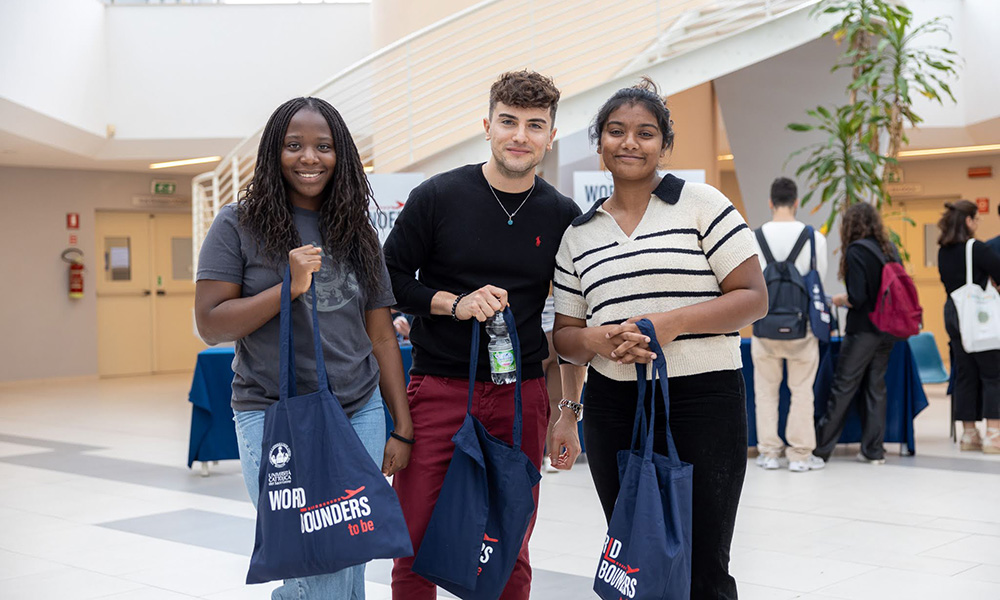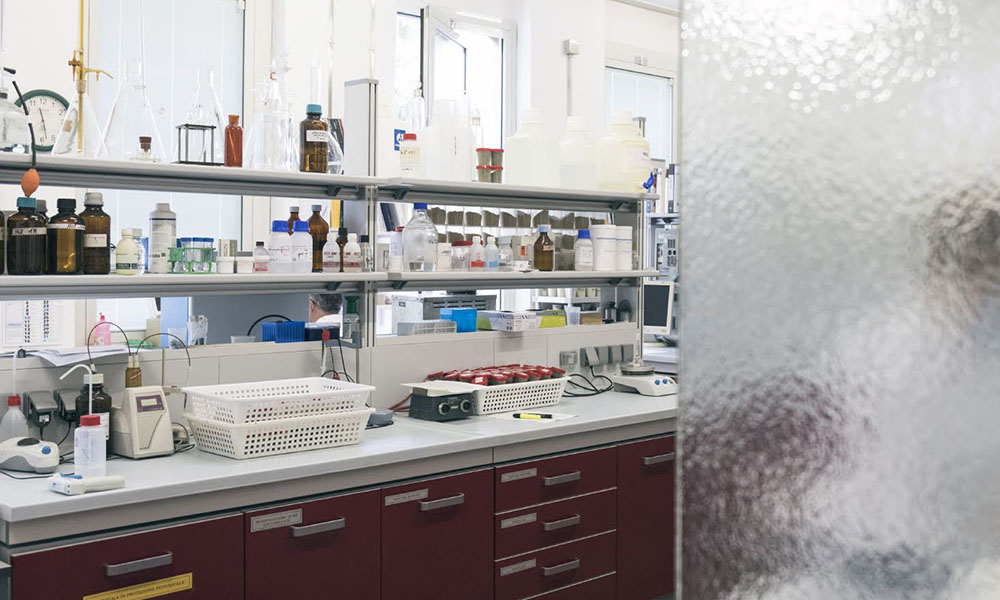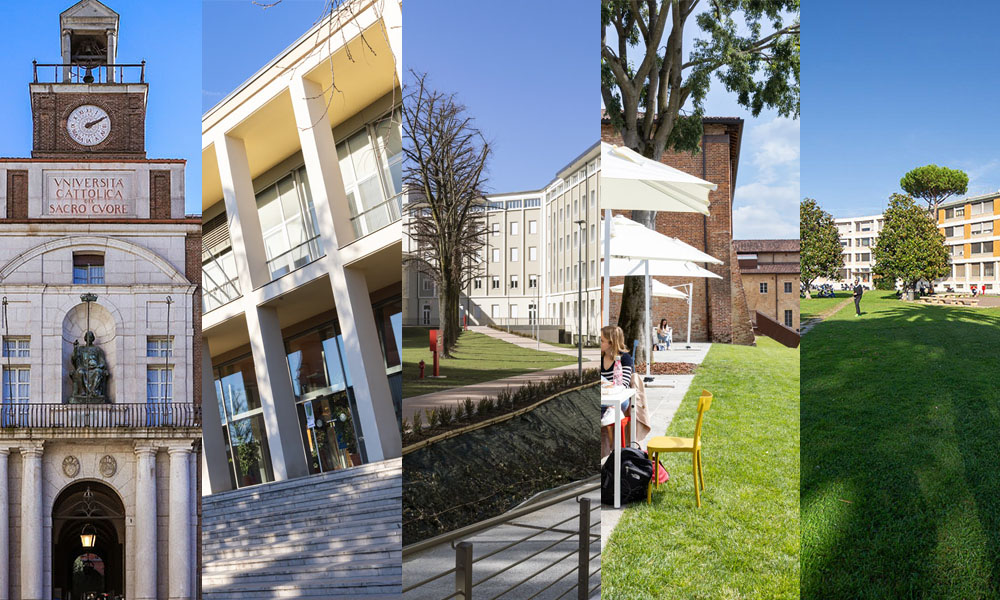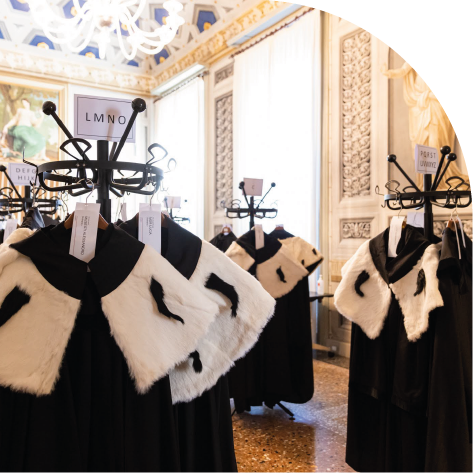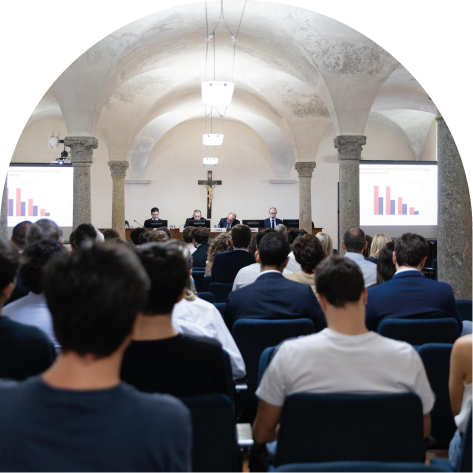 Prolungamento delle iscrizioni a.a. 25/26
Spazio Unicatt - Prolungamento delle iscrizioni
Prolungamento delle iscrizioni ai corsi di laurea triennali e magistrali a ciclo unico 25/26 fino al 28 febbraio 2026, con riconoscimento crediti semestre aperto di Medicina
Prolungamento delle iscrizioni a.a. 25/26
Spazio Unicatt - Prolungamento delle iscrizioni
Prolungamento delle iscrizioni ai corsi di laurea triennali e magistrali a ciclo unico 25/26 fino al 28 febbraio 2026, con riconoscimento crediti semestre aperto di Medicina
Corsi di laurea
Post laurea
Scegli il tuo percorso
Eventi
32 elementi trovati
-
Seminario Sergio Zaninelli
Milano - 09 gennaio 2026 -
Seminario Il potenziale trasformativo del service learning. Dalla systematic review a prospettive di sviluppo
Brescia - 12 gennaio 2026 -
Stage & Placement Visita presso Timac Agro
Campus di Piacenza - 13 gennaio 2026 -
Incontri (Ri)Lettura dei Promessi Sposi
Milano - 14 gennaio 2026 -
Seminario Cattolici, democrazia, sviluppo
Milano - 14 gennaio 2026 -
Lezione aperta LE SITUAZIONI GIURIDICHE SOGGETTIVE: UNA PROSPETTIVA FILOSOFICA
Milano - 15 gennaio 2026 -
Tavola rotonda MUSICA E CINEMA NELL’ERA POST-DIGITALE
Milano - 16 gennaio 2026 -
Presentazione volume Brescia contemporanea
Brescia - 19 gennaio 2026 -
Lezione aperta Le norme costitutive
Milano - 22 gennaio 2026 -
Seminario Intelligenza Artificiale e instabilità finanziaria
Milano - 22 gennaio 2026 -
Convegno Internazionale / International Conference Quarto convegno internazionale di studi su Eugenio Montale
Milano - Dal 26 gennaio 2026 al 27 gennaio 2026 -
Event PeerRank
Milano - 26 gennaio 2026 -
Ciclo di seminari CIFREL seminars
Milano - 27 January 2026 -
Cerimonia Inaugurazione Anno Accademico 2025-2026
Roma - 29 gennaio 2026 -
Gara a squadre di Matematica Disfida matematica femminile
Brescia - 30 gennaio 2026 -
Convegno CORSO AVANZATO IN CHIRURGIA MINI-INVASIVA DEL SURRENE
Roma - Dal 19 febbraio 2026 al 20 febbraio 2026 -
Ciclo di seminari CIFREL seminars
Milano - 24 February 2026 -
Ciclo di incontri L'ordinamento internazionale in tensione
Milano - 25 febbraio 2026 -
Seminario METHEXIS: Matematica informale per l’empowerment in contesti fragili
Brescia - 25 febbraio 2026 -
Ciclo di seminari Testi in dialogo - Riscritture letterarie
Milano - 06 marzo 2026 -
Incontri (Ri)Lettura dei Promessi Sposi
Milano - 11 marzo 2026 -
Ciclo di lezioni Linguistica storica e filologia (5 edizione)
Milano - 16 marzo 2026 -
Ciclo di seminari Testi in dialogo - Riscritture letterarie
Milano - 18 marzo 2026 -
Ciclo di incontri L'ordinamento internazionale in tensione
Milano - 18 marzo 2026 -
Incontri (Ri)Lettura dei Promessi Sposi
Milano - 15 aprile 2026 -
Workshop Il Diritto Internazionale Privato nelle professioni giuridiche
Milano - 16 aprile 2026 -
Ciclo di seminari CIFREL seminars
Milano - 21 April 2026 -
Ciclo di seminari Testi in dialogo - Riscritture letterarie
Milano - 22 aprile 2026 -
Workshop Il Diritto Internazionale Privato nelle professioni giuridiche
Milano - 23 aprile 2026 -
Ciclo di seminari Testi in dialogo - Riscritture letterarie
Milano - 06 maggio 2026 -
Incontri (Ri)Lettura dei Promessi Sposi
Milano - 13 maggio 2026 -
Ciclo di seminari CIFREL seminars
Milano - 16 June 2026
Succede in ateneo
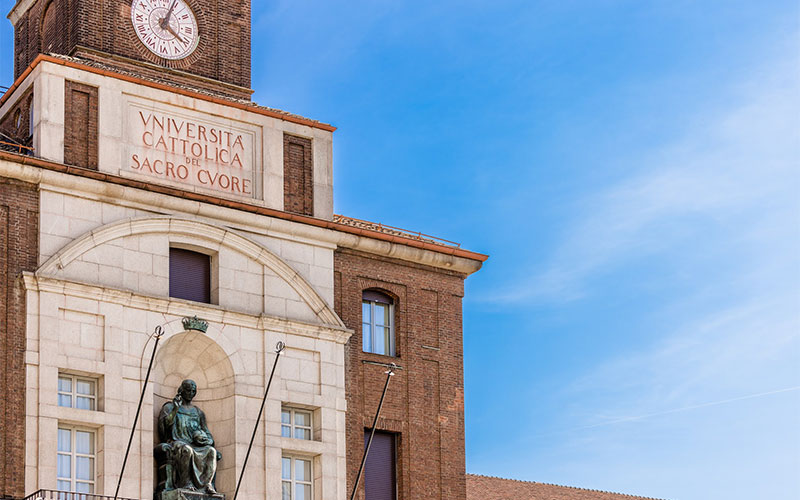
Ateneo
Università Cattolica, il nuovo CdA per il quadriennio 2026-2029 Rinnovato il Consiglio di Amministrazione dell'Ateneo, presieduto dal Rettore Elena Beccalli. Entrano a far parte del board dieci nuovi membri nominati dall’Istituto Toniolo Info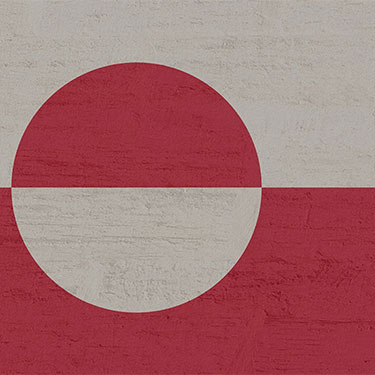
Rivista Vita e Pensiero
La Groenlandia contesa fra geopolitica e clima Usa, Russia e Cina si sfidano sulle nuove opportunità nate dallo scioglimento dei ghiacci e dalle sue risorse. L'approfondimento sull'ultimo numero della Rivista Vita e Pensiero
Cremona
Per il 2026 gli italiani oscillano tra sfiducia e bisogno di stabilità EngageMinds Hub: Il 24% degli italiani dichiara di stare peggio rispetto allo scorso anno, il 66% percepisce che la propria condizione è rimasta stabile, solo il 16% confida in un miglioramento. E il 40% è pessimista sul futuro economico del PaesePiacenza
Graduation Day per il Double Degree in International management 48 nuovi laureati per la doppio titolo in Economia aziendale. Allena: «Qui avete imparato a leggere la complessità e a costruire relazioni, competenze decisive per il mondo che vi attende»Milano
Per Richard la magistrale grazie ai corridoi universitari Originario del Sud Sudan, frequenterà la magistrale in Banking and Finance con una borsa di studio del progetto UNICORE – University Corridors for Refugees, coordinato da UNHCR, Agenzia ONU per i Rifugiati, cui l’Università Cattolica aderisceRoma
Italiani anziani, con tante cronicità figlie di stili di vita sempre meno sani Presentato il Rapporto "Osservasalute" 2025: prevenzione sempre a macchia di leopardo, con le malattie croniche che riducono non solo la salute, ma anche la ‘felicità’ delle personeMilano
Le università, ponti tra l’Italia e il mondo La XVIII Conferenza delle Ambasciatrici e degli Ambasciatori d’Italia nel mondo ha fatto tappa all’Università Cattolica del Sacro Cuore. Al centro dell’iniziativa il ruolo dell’internazionalizzazione del sistema universitario italiano Inaugurazione dell’Anno Accademico 2025/2026 | Il racconto della giornata
Elena Beccalli, Riccardo Muti
Inaugurazione dell’Anno Accademico 2025/2026 | Il racconto della giornata
Elena Beccalli, Riccardo Muti

inaugurazione anno accademico
Inaugurazione dell’Anno Accademico 2025-2026 | L’intervista alla Rettrice Elena Beccalli Elena Beccalli
demografia, lavoro
Italia 2050 Che paese sarà l’Italia nel 2050? È possibile oggi capire che strada prendere per governare i cambiamenti in atto? Per governare l'incertezza del futuro bisogna evitare di semplificare problemi complessi. Dobbiamo pensare a lungo termine, considerare tutte le variabili in gioco e creare una rete globale di conoscenza. A cura di Marzio Mian e Nicola Scevola 5 episodi
inclusione
Tutti inclusi Un viaggio tra le voci dell’Università per esplorare gli effetti dell’intelligenza artificiale nella nostra vita. Perchè i robot sono già qui con noi. O forse contro di noi. Alleati dell’uomo o nemici dell’umanità? Massima espressione di intelligenza oppure d’incoscienza? 5 episodi
migranti
Sconfinati L’onda dei profughi in fuga dalla guerra in Ucraina sconvolge l’Europa e impone di aggiornare il dibattito sugli esodi e l’accoglienza, fenomeni che da decenni dividono le coscienze e la politica del Vecchio Continente. Le voci-guida sono quelle degli esperti dell'Ateneo, integrate da testimonianze nazionali e internazionali di primo piano. Una serie podcast in cinque puntate dell'Università Cattolica a cura Marzio Mian e Nicola Scevola, pubblicata su Avvenire 5 episodi
migranti, politica estera
2025, andata o ritorno Una serie di Avvenire realizzata in collaborazione con l’Università Cattolica, che trae spunto dai grandi temi emersi alla Settimana sociale dei Cattolici italiani di Trieste. Cinque puntate per cinque dimensioni chiave di un anno, il prossimo, che si preannuncia come un sottile e delicato crinale. 5 episodi
media
Io sono la radio Una serie a cura degli studenti del Master Fare Radio dell'Università Cattolica del Sacro Cuore 5 episodi
letteratura, pedagogia
Ritratti di un tempo Ci sono personaggi che segnano un’epoca. Alcuni di fama indiscussa sono diventati miti o “leggende”, altri meno noti alle grandi platee sono riconosciuti perché hanno contribuito a una scoperta scientifica, hanno vinto un Premio Nobel, o hanno avuto una vita spiritualmente esemplare, o sono diventati un’icona del loro tempo in campo letterario, artistico, musicale. Attraverso queste donne e questi uomini, prende forma di volta in volta un periodo storico, una generazione, una cultura. Affidiamo questi ritratti ai docenti dell’Università Cattolica del Sacro Cuore per ascoltare racconti, aneddoti, interpretazioni e lasciarsi trasportare da provocazioni e suggestioni. 11 episodi
sociologia
Padri e Madri della Sociologia Racconti, aneddoti e storie di chi ha formato le idee sulla società. Li raccontano in questa serie podcast le autrici e gli autori che hanno contribuito alla stesura del manuale di Sociologia generale (Vita e Pensiero, 2022) curato da Rita Bichi 7 episodi
